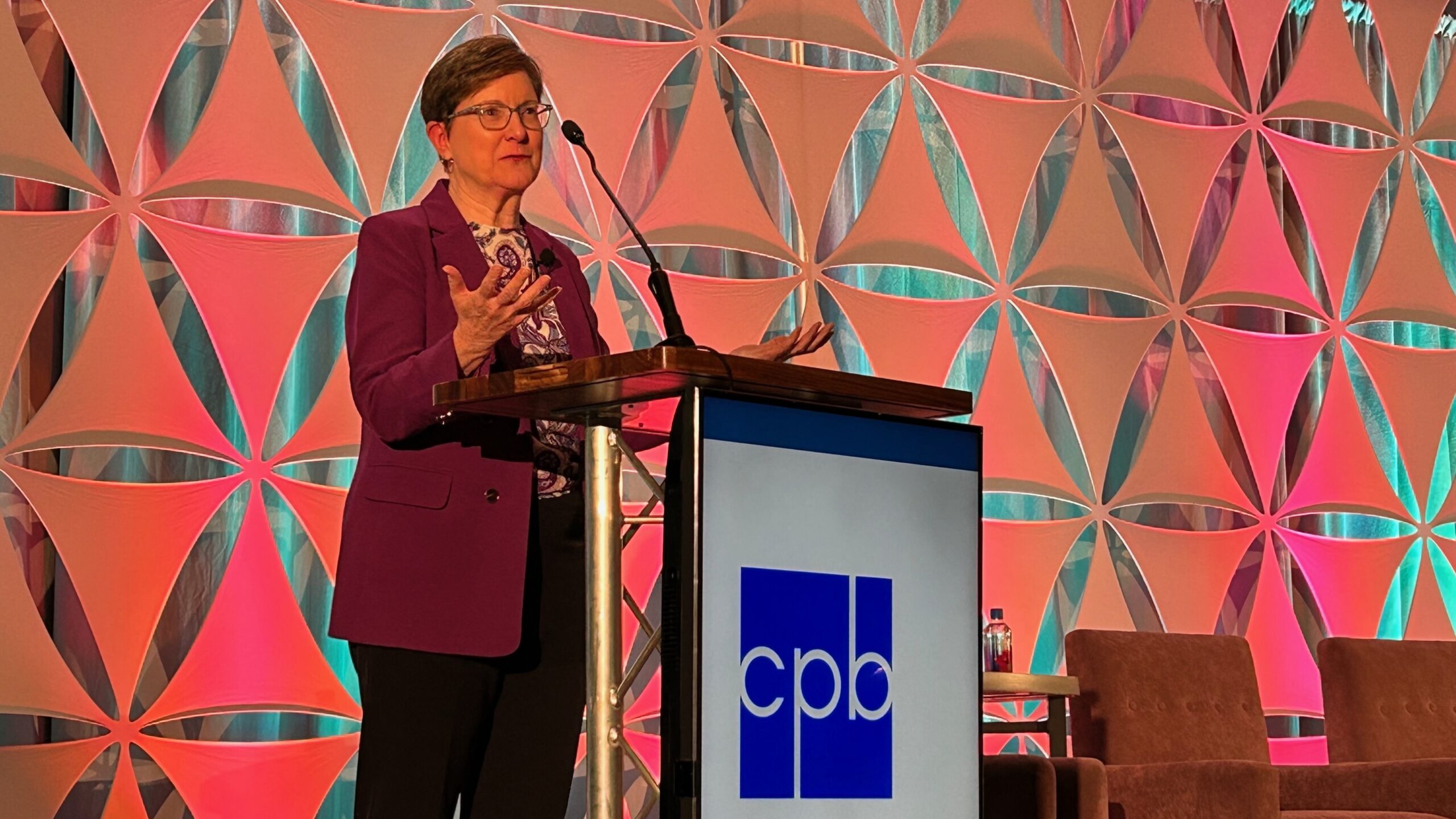To build a case for public media’s local journalism, start with a new metaphor

MarioGuti / iStock
What are the thorniest strategic questions you face? The ones that keep you up at night, but you have no idea where to start? Current is here to help!
In a new monthly column, public media veteran Scott Finn taps into the wisdom of the system to find answers and help you learn how to use them. For his first column, he tackles how public media stations can make the case that they are key to rebuilding local journalism.
“They want to copy our funding model, but they don’t want us at the table.”
This is the cry of station leaders across America, watching digital journalism start-ups turn to membership, philanthropy and underwriting to fund their operations.
We can be proud that public media pioneered the only viable business model left in journalism. Hooray! But it’s not like we have a patent on it, or a right to be invited to that table when money is being invested in local journalism. We have to make our case to be there.
When I led stations in West Virginia and Vermont, I created two charts that helped me build the case for expanding public media’s role in local journalism. One showed the decline in the number of journalists working in our state. The other tracked the rise of people doing journalism at our station.
These charts became the centerpiece of my traveling road show — equally effective in a Powerpoint or when drawn on the back of a cocktail napkin.
Truth is, most people have no idea what public media organizations do, or how much it takes to do it. They don’t know that over the past decade we’ve greatly increased the number of people doing journalism at our stations. It’s up to us to tell them.
Bigger than ‘news deserts’
We’ve all seen the news desert maps. They helped me make the case for Vermont Public to add journalists in rural areas.
But those maps miss something important — the overall hollowing out of local journalism in ALL communities — even those supposedly not in a news desert.
Take my hometown of Jericho, Vt. In theory, it’s a suburb of more than 5,000 covered by the Burlington Free Press. In reality, journalists for the Free Press almost never show up here.
Here’s another example: it took years for the Los Angeles Times to discover widespread, blatant corruption in the city of Bell, a lower-income, mostly Latino suburb of L.A. Meanwhile, George Santos wasn’t exposed for the bald-faced lies he told about his past until after he was elected to the House of Representatives — and he represented the suburbs of New York City, media capital of America! Santos was in office almost a year before Congress finally expelled him.
You don’t have to live in a news desert to be hurt by the decline of local journalism. Less local reporting has been shown to lead to more corruption, lower civic participation and higher partisanship. Increasingly, people are focusing on national, partisan issues to the exclusion of important local ones.
We need a better metaphor. I see it more as a hollowing out of local news, like a tree that’s rotting in its core.
Luckily, there’s national data that shows the decline of working journalists in each state, including areas not classified as “news deserts.”
Where to find the data
Let’s look first at the state I grew up in, Iowa. The number of reporters in Iowa declined by more than half between 2012 and 2022, according to the federal Bureau of Labor Statistics.
Imagine starting your presentation, email solicitation or donor conversation with that statistic. Pretty stark! But how did I find this data?
Every year, the Bureau of Labor Statistics estimates how many people in each state work in different industries — “occupational employment and wage statistics.”
You can find the estimates on this handy webpage. Download data for 2022 (the most recent year) for Sectors 51 & 54: Information and Professional, Scientific, and Technical Services.
Now, scroll down to Iowa and find the category 27-3023: News Analysts, Reporters and Journalists. You’ll see the estimated total of 560.
Then, download the same sector from 2012. Find category 27-3022: Reporters and Correspondents. You’ll see an estimated total of 1,240. Do the math: That’s a 55% decline in the number of journalists in those 10 years.
But wait, you say — those categories are not exactly the same. Yes, indeed, welcome to the wonderful world of federal statistics, where the names and categories can change over time. You have to do your research and determine whether the two categories are measuring the same thing.
In fact, I think the category that includes “journalists/reporters” actually misses a lot of journalism-related jobs that can and should be counted. Consider adding two other categories to your count: Radio and Television Announcers and Broadcast News Analysts.
Not all states had “Broadcast News Analysts” in 2012, and the category disappeared by 2022. Meanwhile, we know that “Radio and TV Announcers” describe a whole lot of people who do news as either part of or most of their job.
With this in mind, I looked at the data for Florida, another state where I lived and worked. The number of people doing journalism in Florida declined by 19% between 2012 and 2022, even as the population grew by 14%.
That’s a little more complicated to say, but defensible. I got there by combining three categories from 2012 — Radio and Television Announcers, Broadcast News Analysts, and Reporters and Correspondents — for a grand total of 4,340 people involved in producing journalism. By 2022, that number had dropped to 3,510 — which is a problem in a growing state.
A word of caution
These datasets are only available at the state level, and only from 2012–2022. Older data going back to 1997 includes both state and metro areas. But the job categories have changed so much that I encourage you to proceed with caution and check with the BLS when using these datasets.
One caveat to this analysis is that not all states show big declines. In California, for example, the data shows the number of people calling themselves journalists has grown — but probably not at traditional outlets.
One last note of caution: these numbers are estimates and can vary between years. Look at all the years available and consider using techniques like three-year averages to smooth out any outliers.
A powerful equation
There’s one last step. How many people were doing journalism at your station in 2012? How many today? For many of you, that number has increased — if so, tell that story.
Even if the number of reporters in your newsroom hasn’t changed, it’s important to share how many journalists work at your station. Whether that number is two, eight or 30, it shows your station’s commitment to protecting local news.

Public media has earned the public’s trust, and local media is more trusted than national media. That means your equation is powerful: Local + Public Media = Highly Trusted.
Through its journalism and its role as a convener, public media is uniquely situated to address the crisis facing local media.
Share some examples of how you are doing that. Turn it into a killer deck and take it on the road. Or practice drawing these charts on napkins over lunch. Trust me, it works!
Scott Finn owns Finn Advising, which helps the people who are rebuilding local news. He’s been a general manager at West Virginia Public Broadcasting and Vermont Public, a news director, an award-winning reporter, and a really bad whitewater rafting guide. Have a question you want tackled in a future column? Email Scott at finnadvising@gmail.com.





